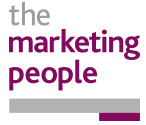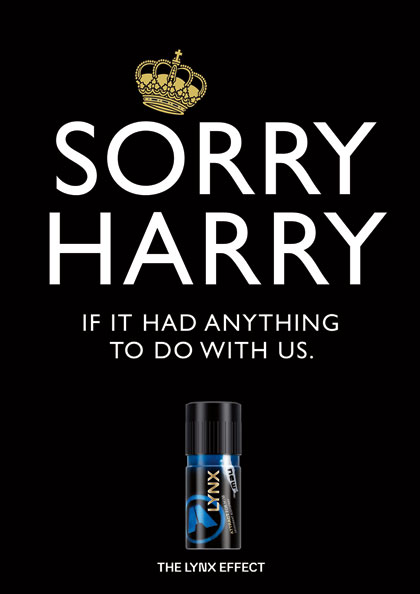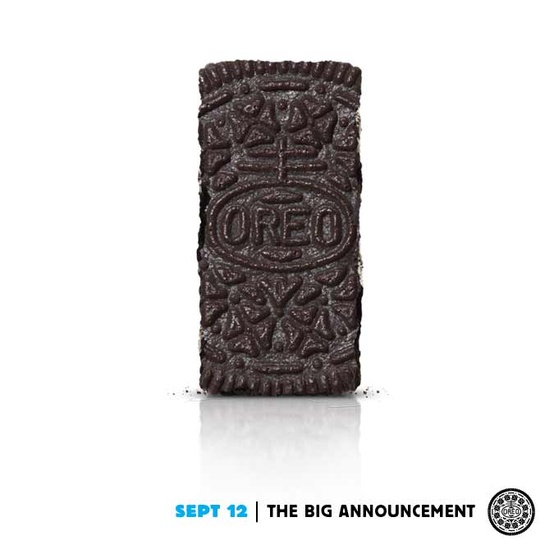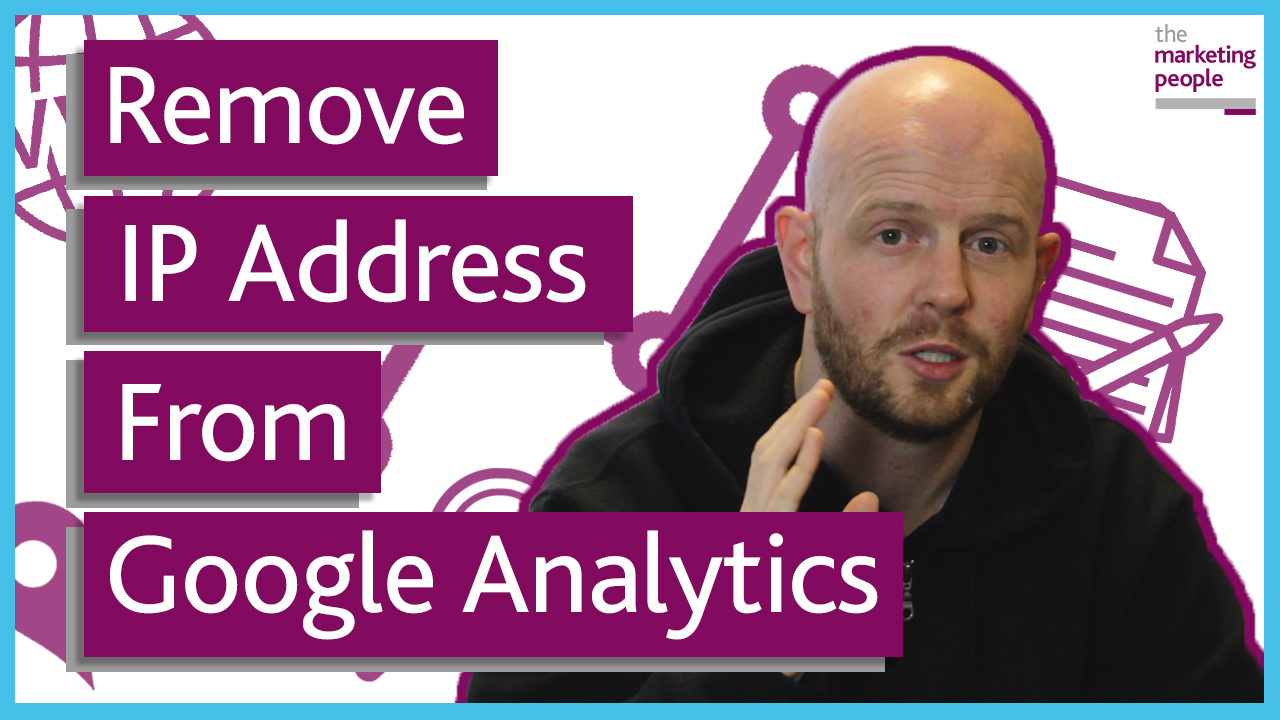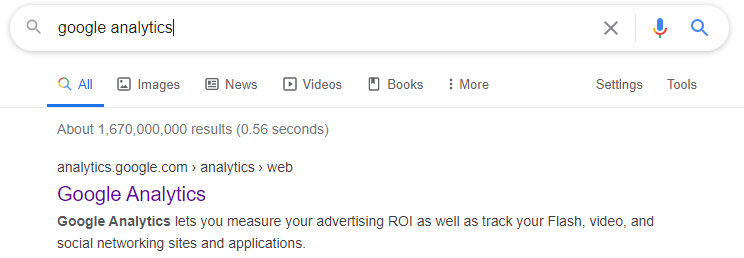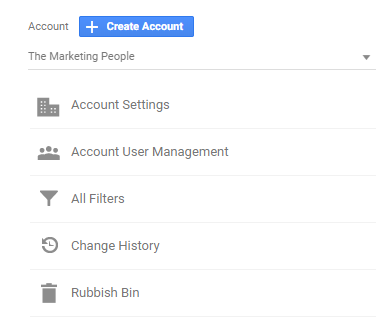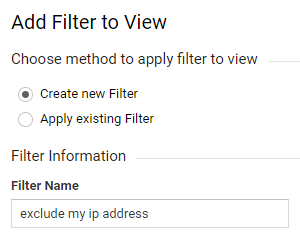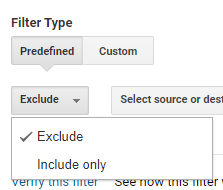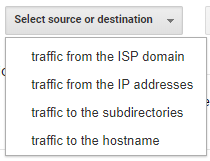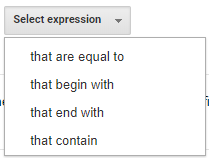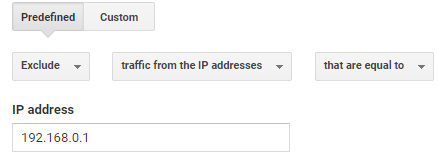

Bonjour humans, as you can see, I’ve been dressed up as Santa Paws, poor Chops didn’t get off lightly either. She’s had antlers stuck through her head.
This means one of two things; Christmas is around the corner or our humans love to humiliate us, or perhaps both.
If it’s time for humans to dress their dogs up as Christmas folk. It’s definitely time for you to be thinking about your business Christmas campaign.
The run up to Christmas is a time of year where humans are spending. Whether they’re buying gifts for their loved ones, a new outfit for a party, or dressing their dogs up as elves, they’re spending.
You want them to buy that knitted dog jumper from your business right?
So how can your business capitalise on the Christmas spirit?
Christmas is the one time of year when retail businesses can almost guarantee an increase in sales. So they’re all advertising and promoting themselves, or they should be.
Other sectors may see a down turn in client activity and have the opportunity to think about re marketing to existing clients. Or marketing for new prospects and keeping their brands front of mind for when orders pick up again.
Whichever you are, this means you need a well-planned marketing campaign to help you stand out from your competition, and be the dogs!
It can be anything from a well-designed leaflet to an advertising campaign.
You don’t need to run special offers either, though it’s always an advantage – if you can save a few pennies on something, you will.
Digital
A lot of people will start their search for Christmas gifts on the internet, so promoting your business on the internet is really important.
Remember that your customers are busy. So if you have a special range of products or offers, create a ‘Christmas’ or ‘Offers’ section on your website. To help people find those products or offers easily.
As with all of your products, the product descriptions should be able to sell off the page. And the meta descriptions should be able to draw people in from search results.
Once you’ve uploaded your festive products, why not send an email out to your customers to let them know about your new products? Including links back to the website will encourage them back and might even encourage them to buy right away.
Then there’s advertising to think about. Whether it’s on the Google Display Network or on Facebook. It can have a huge impact if you know your audience and target them correctly.
Take full advantage of social media and blogging by writing blog posts about your offers or Christmas products, and then promote them on social media.
Everyone is looking to save money so if they’re on Facebook and come across a link to a blog post about offers on products they might want as Christmas gifts, you can bet they’ll follow it. Then they’ll have more money on their dogs – we love to be spoilt, we prefer roadkill toys to antlers by the way!
Something else to consider, which isn’t just limited to Christmas. Is whether or not your website runs and displays correctly on mobile devices.
The increase in smartphones, tablets and other devices with internet access, means more and more people are buying from a mobile device. But they can’t do that if your website doesn’t display correctly.
A Rackspace study found that mobile devices have increased impulse purchases, so it really is worth having a mobile optimised website. There are few things I enjoy more than looking at a great mobile website on my iBone you know.
Print
Me and Chops had a real argument about whether print should appear in this blog post or not. I’m a modern dog and I don’t like print, I like digital, but Chops is adamant that print is just as important.
Chops says that just because people can access things at the touch of a button, doesn’t mean they don’t like to hold a well-designed high quality piece of print anymore. I must admit it is fun chewing up a piece of print too, try it.
If you have a huge selection of Christmas products. Or lots of offers. It might be worth creating a leaflet, catalogue or a brochure for people to flick through. You can then include a call to action which will drive them back to your website. Getting them to purchase right away.
If you don’t want to bombard your customers with all of your products. You could send them a leaflet instead just letting them know that you have Christmas offers on, or give them an exclusive Christmas offer just for being an existing customer.
Another great thing about print is that while you can delete an email without opening it. The chances are you’ll probably have a quick glance at a piece of print even if you think it’ll be of no use to you.
You don’t have to stop at leaflets or brochures, you could create signs to go outside your shop to let people know about your offers, or you could advertise in a local newspaper.
It’s never too late
Humans are notorious for procrastination, (not like us dogs, we love to do everything right now). So it’s never too late to promote your business and your offers.
Some businesses begin promoting for Christmas as early as July. And some people will have all of their Christmas gifts purchased and wrapped up by the end of September.
However, some people will still be rushing around on Christmas Eve. So keep promoting right up until the last minute to get as much as you can out of the Christmas rush.
Have you thought about January yet?
As soon as everyone’s finished their second helping of Christmas pudding and let us sneak onto the sofa. They’re already thinking about the Boxing Day and January sales and what they can spend their Christmas money on.
As you’ll probably be taking a few days off over Christmas. You need to have all of your Boxing Day and January sales promotions and advertising ready and waiting for your first day back.
Infact, it might even be worth emailing customers or sending them a leaflet out with their Christmas orders. To let them know that you’ll have offers on from Boxing Day or News Years Day onwards.
You need to think about the same things you will have done for your Christmas marketing campaign;
- What offers are you running and for how long?
- Have you got new products?
- How and where will you be promoting yourself?
What if you aren’t a retail business?
Retail businesses do really well over the winter and Christmas period. But it’s not such a boom time for other businesses for a number of reasons.
If your business struggles during the Christmas period, you need to be doing something which will stick in the minds of your customers so that when they’re ready to spend again, you’re the first people they think of.
The easiest and cheapest way of doing this is to email, or even post, a Christmas card out to your customers.
This isn’t something many businesses do, so it will make your customers feel special and will make you memorable, especially if your Christmas card has a picture of a French Bulldog dressed up as Santa Paws, who wouldn’t enjoy that?
Who can help?
My humans know that the run up to Christmas is busy and it can be easy to run out of time to promote your business, so give them a call on 01543 387 047 and let them take care of it for you.
Whether you want to send your customers an email to remind them about your business, or want a full on Christmas marketing campaign, they can handle it while you’re doing the day to day running of your business.
Au revoir, I’m off to round up a few more dogs and dress them as reindeers so they can pull me around the office in my sleigh.
George the French bulldog and Chops the pug are our resident Marketing Dogs. They are full of fun, cuteness and even sometimes some useful pointers too. You can follow their adventures through their blog, or see their latest updates on twitter.


